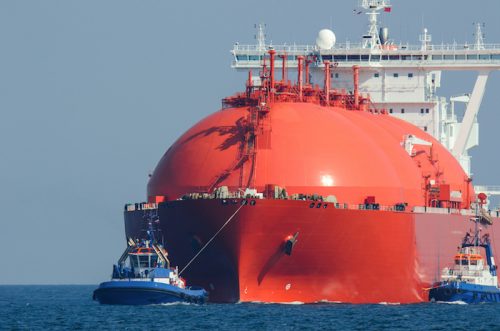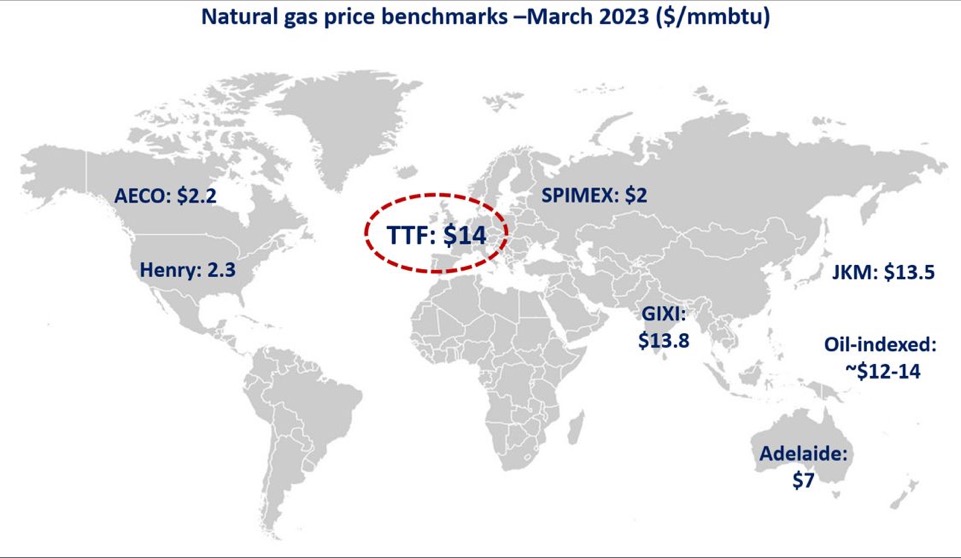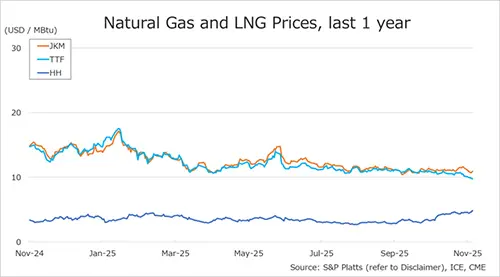

The International Gas Union (IGU) released its 12th annual World LNG Report, the world’s most comprehensive public source of information on key developments and trends in the LNG sector.
An exceptional year
Much has changed since the release of the 2020 report, when the implications of the COVID-19 pandemic were only just starting to surface. It was impossible to predict the scale and duration of the crisis that the world was entering, nor how it would disrupt all aspects of our daily lives and affect every segment of the global economy, including LNG and the wider gas market.
Highlights – growth in spite of COVID highlights LNG’s vital role, y-o-y analysis only so valuable due to
COVID context
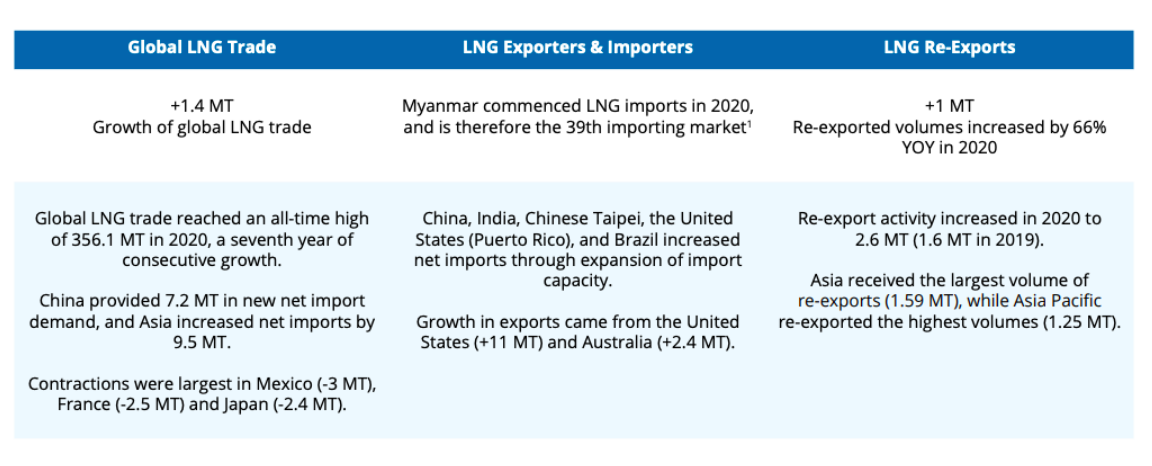 The LNG sector adjusted to significant demand fluctuations with incredible agility. From the huge drops in demand levels at the height of the pandemic lockdowns, through exceptional spikes when the winter deep freeze sent the world’s energy systems into crisis. LNG, quite literally, delivered.
The LNG sector adjusted to significant demand fluctuations with incredible agility. From the huge drops in demand levels at the height of the pandemic lockdowns, through exceptional spikes when the winter deep freeze sent the world’s energy systems into crisis. LNG, quite literally, delivered.
Thanks to LNG’s agility, reliability and the inherent flexibility, the lights stayed on, buildings were heated or cooled, families were able to prepare meals, medical professionals could treat patients, and the world could work remotely. This underlines the importance of access to secure and reliable energy and LNG’s crucial role in this dynamic.
“The gas industry has held its own. Despite having to overcome many challenges in supply chain
management, maintenance and commercial matters, secure and reliable supply of gas continued
uninterrupted,” IGU President Joe Kang commented. “This demonstrates the incredible resilience,
flexibility and reliability of the gas sector in bringing secure, clean and modern energy whenever and
wherever it is needed, even with significant parts of the world affected by lockdowns or restrictions.”
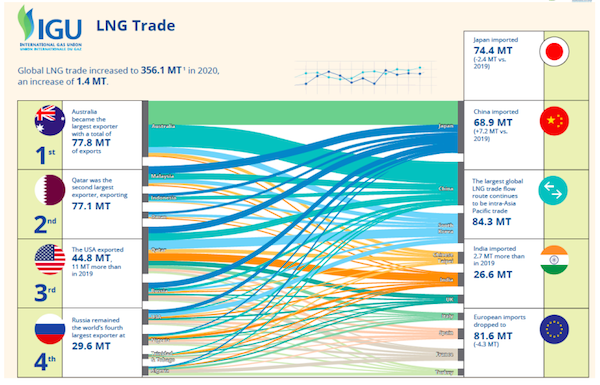
*The diagram only represents trade flows between the top 10 exporters and top 10 importers.
Source: GIIGNL
A gamechanger in marine fuels
The International Maritime Organisation (IMO) enforced a new 0.5% cap on the sulphur content of ships’ fuels at the start of 2020. This has spurred a switch to LNG-fuelled marine transport, both through fitting newbuild vessels with LNG engines and converting existing ships to run on the fuel. This trend has been accompanied by a growth in bunkering infrastructure, by scale and geographical coverage, establishing LNG as a truly global shipping fuel.
 LNG is currently the best and immediately available solution at scale that can reduce the environmental
LNG is currently the best and immediately available solution at scale that can reduce the environmental
impact of maritime transport and preserve air quality. According to the 2nd Lifecycle GHG Emission Study on the use of LNG as a Marine Fuel from Sphera (formerly thinkstep), greenhouse gas (GHG) reductions of up to 23% are achievable now from using LNG as a marine fuel, depending on the marine technology employed.
A critical role in the post COVID-19 recovery
Global regasification capacity increased by 19 MTPA in 2020, and a total of 850 MTPA. Two new markets – Myanmar and Croatia – joined the ranks of 39 LNG importers over the past year, and by year end of 2021 Ghana, El Salvador, Vietnam, and Nicaragua could gain access. This demonstrates the central role that LNG plays in many countries’ economic growth and energy transition plans. With 137 MTPA of new liquefaction capacity under construction or sanctioned for development, and a further 892 MTPA of liquefaction capacity at the pre-FID stage, the supply is there to fulfil this role.
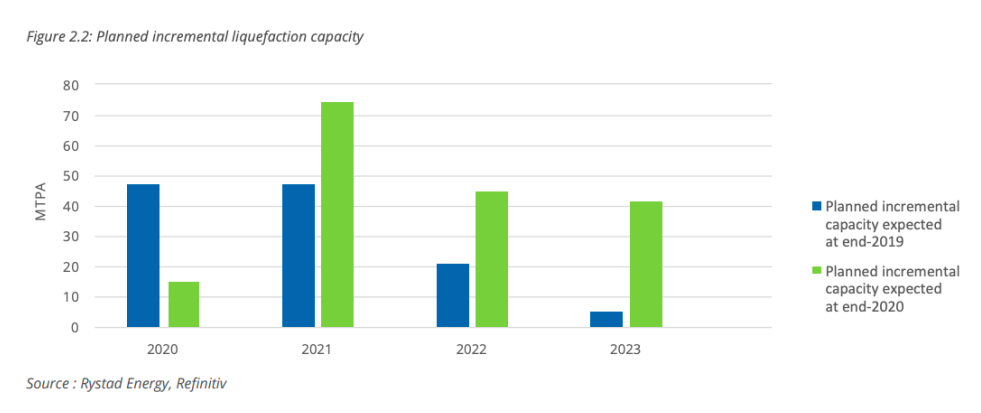
Gas in all forms, whether natural gas or hydrogen molecules, alongside electrons, and the necessary
infrastructure, are imperative to help individual countries meet their climate goals. Further development of the global gas market, through continued expansion of global LNG liquefaction, regasification and transport infrastructure, will serve as a critical foundation for a sustainable post COVID-19 recovery.
“As world leaders plan for recovery from the health and economic crisis and seek a path to meet the Paris Agreement and Sustainable Development Goals, this path is simply not achievable without gas,” Kang stresses. “An achievable transition must be based on energy that is available for all global society, it must be clean, the supply must be secure and it must be affordable. A just transition can only be achieved with gas as a major component of the global energy mix.”
